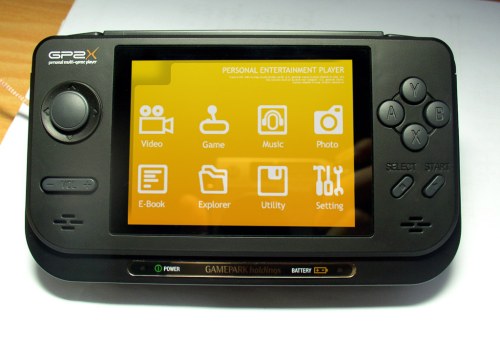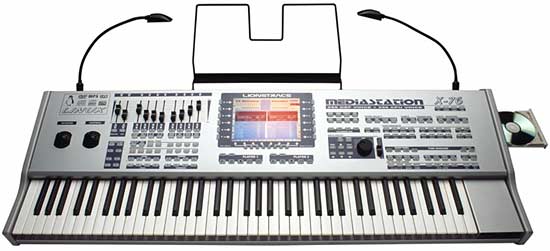After upgrade to Fedora Core 5 I spent one-two days to resolve some problems. First were are the same as after upgrade to Fedora Core 4. Sure I supposed that Fedora is too crude and it was my choice 🙂
1. Embperl
New Feodra contains latest Apache and mod_perl. As I understand Embperl development team didn’t follow them. That’s why after upgrade Embperl-based web applications give Segmentation fault. There is a patch to compile correctly Embperl with Apache 2.2 (I got it from Embperl maillist and just formatted it and stored in the separate files). But it didn’t solve my problem. I sent stackbacktrace to Gerald Richter but he didn’t answer me yet.
2. SugarCRM
PHP applications worked fine after upgrade except SugarCRM. It gave me Segmentation fault after submit the login form. One guy from SugarCRM forum suggested me to replace a new PHP.INI by previous one. After that SugarCRM started work correctly. I don’t know what exactly was wrong with PHP and SugarCRM but I don’t have a time and a desire to dig it.
3. SELINUX
When I run a system utility system-config-securitylevel and tried to disable SELINUX it gave me a following error:
Traceback (most recent call last):
File "/usr/share/system-config-securitylevel/securitylevel.py", line 240, in okClicked
rc = self.apply()
File "/usr/share/system-config-securitylevel/securitylevel.py", line 402, in apply
self.selinuxPage.apply()
File "/usr/share/system-config-securitylevel/selinuxPage.py", line 379, in apply
type=self.getType()
File "/usr/share/system-config-securitylevel/selinuxPage.py", line 371, in getType
return self.types[self.selinuxTypeOptionMenu.get_active()]
IndexError: list index out of range
Following packages should be installed to avoid this error and run system-config-securitylevel correctly:
- selinux-policy-targeted
- selinux-policy-strict



